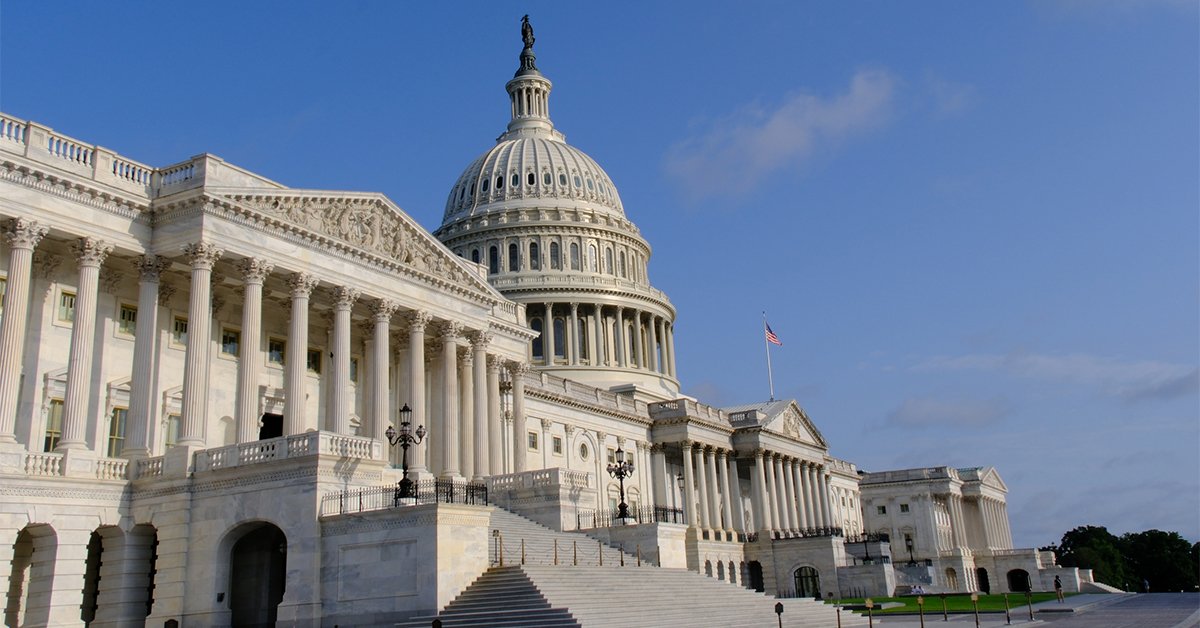Breaking Down the Marginal Well Credit for 2025
September 12, 2025 •Paige Buxton Graham
Breaking Down the "Big Bill"
July 8, 2025 •HoganTaylor
Should You Move Your Trust to a Tax-Friendly State? What to Consider
February 27, 2025 •HoganTaylor
It's Critical to Set the Stage Before Valuing a Business
February 25, 2025 •HoganTaylor
How Employers Can Help Participants Optimize Their HSAs
February 20, 2025 •HoganTaylor
EEOC Cautions Employers on Wearable Tech and Workplace Compliance
February 18, 2025 •HoganTaylor











